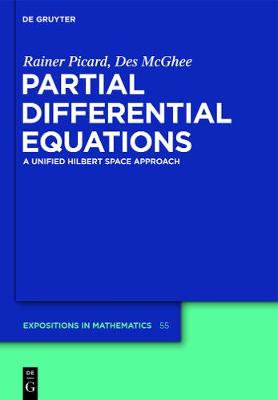De Gruyter Expositions in Mathematics
1 primary work
Book 55
This book presents a systematic approach to a solution theory for linear partial differential equations developed in a Hilbert space setting based on a Sobolev lattice structure, a simple extension of the well-established notion of a chain (or scale) of Hilbert spaces.
The focus on a Hilbert space setting (rather than on an apparently more general Banach space) is not a severe constraint, but rather a highly adaptable and suitable approach providing a more transparent framework for presenting the main issues in the development of a solution theory for partial differential equations.
In contrast to other texts on partial differential equations, which consider either specific equation types or apply a collection of tools for solving a variety of equations, this book takes a more global point of view by focusing on the issues involved in determining the appropriate functional analytic setting in which a solution theory can be naturally developed. Applications to many areas of mathematical physics are also presented.
The book aims to be largely self-contained. Full proofs to all but the most straightforward results are provided, keeping to a minimum references to other literature for essential material. It is therefore highly suitable as a resource for graduate courses and also for researchers, who will find new results for particular evolutionary systems from mathematical physics.
The focus on a Hilbert space setting (rather than on an apparently more general Banach space) is not a severe constraint, but rather a highly adaptable and suitable approach providing a more transparent framework for presenting the main issues in the development of a solution theory for partial differential equations.
In contrast to other texts on partial differential equations, which consider either specific equation types or apply a collection of tools for solving a variety of equations, this book takes a more global point of view by focusing on the issues involved in determining the appropriate functional analytic setting in which a solution theory can be naturally developed. Applications to many areas of mathematical physics are also presented.
The book aims to be largely self-contained. Full proofs to all but the most straightforward results are provided, keeping to a minimum references to other literature for essential material. It is therefore highly suitable as a resource for graduate courses and also for researchers, who will find new results for particular evolutionary systems from mathematical physics.
